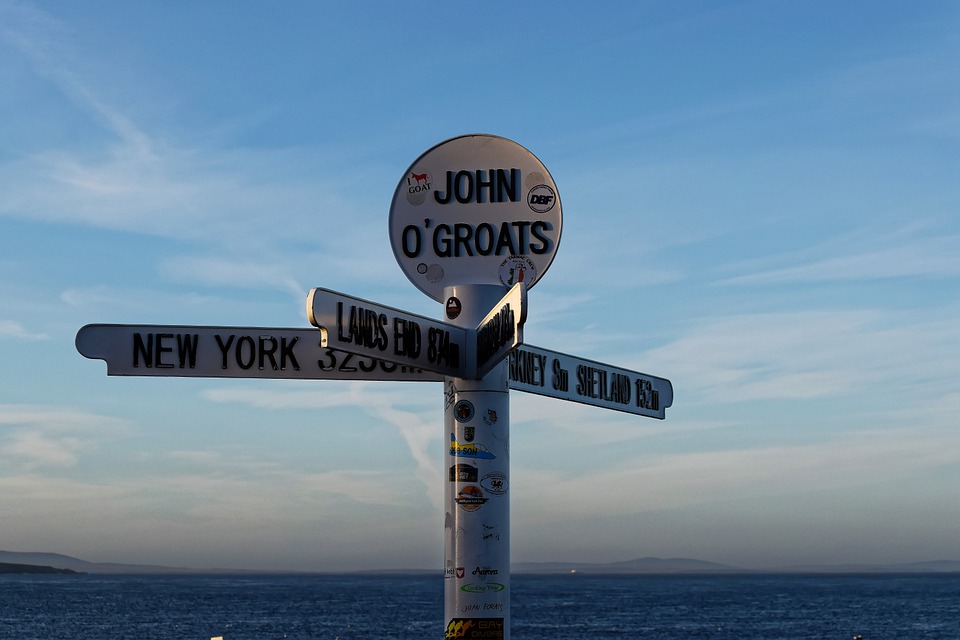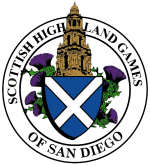
The Orkney Islands is a group of more than 70 islands and islets, from which only 20 islands are inhabited in Scotland and lying about 20 miles (32 km) north of the Scottish Mainland, across the strait known as the Pentland Firth. The Orkney Islands constitute a council area and belong to the historic county of Orkney.
There is pre-historic evidence such as underground houses, circles, standing stones, and earth houses. Skara Brae is an underground village on the west coast of the island Mainland. It is the complete European relics of the late neolithic period and was designated a UNESCO World Heritage site in 1999. In the late 8th century, Norse raiders arrived, and in the 9th century, the islands were colonized. In the 12th Century, Kirkwall’s cathedral was built by Norsemen to dedicate St. Magnus. Orkney and Shetland passed into Scottish rule in 1472 to compensate for the non-payment of the dowry of Margaret of Denmark.
The Orkney Islands were fashioned by glacial erosion of the sandstone, limestone, and igneous rocks into low, undulating hills covered extensively by glacial deposits. Westerly winds and gales account for the scarcity of trees. Pomona is the largest island on the Mainland, divided into East and West Mainland, connected with a narrow strip of land about 2 miles (3km) wide between Kirkwall and Scapa Flow. To the south of the East Mainland, the small islands of Burray and South Ronaldsay are now joined by causeways constructed during World War II to prevent enemy submarines from entering the naval base at Scapa Flow. The second largest of the Orkney Islands, Hoy, lies south of West Mainland, such as Graemsay, Flotta, and South Walls.
Orkney is a prosperous farming area despite its fragmentation. Its farms are small and owner-occupied, averaging about 35 acres (14 hectares) and using modern mechanical methods to achieve high productivity. More land is claimed for agriculture each year, but much peat and moor remain. The main agricultural products are beef, cattle and eggs, although the raising of pigs and the production of milk (largely for cheese) have significantly increased. Some fodder crops are grown, but much is imported.
Orkney has an abundance of wildlife, specifically grey and common seals and seabirds such as puffins, kittiwakes, black guillemots, ravens, and great skuas. In the coastal areas, whales, dolphins, and other sea birds. There are five different varieties found on Sanday, Westray, Rousay, and South Ronaldsay islands. The coastline is well known for its colourful flowers, including sea aster, sea squill, sea thrift, common sea lavender, bell, and common heather. The Scottish primrose is found only on the coasts of Orkney and nearby Caithness and Sutherland. In the 20th century, Happy Valley found a small forest with 700 trees and lush gardens.

